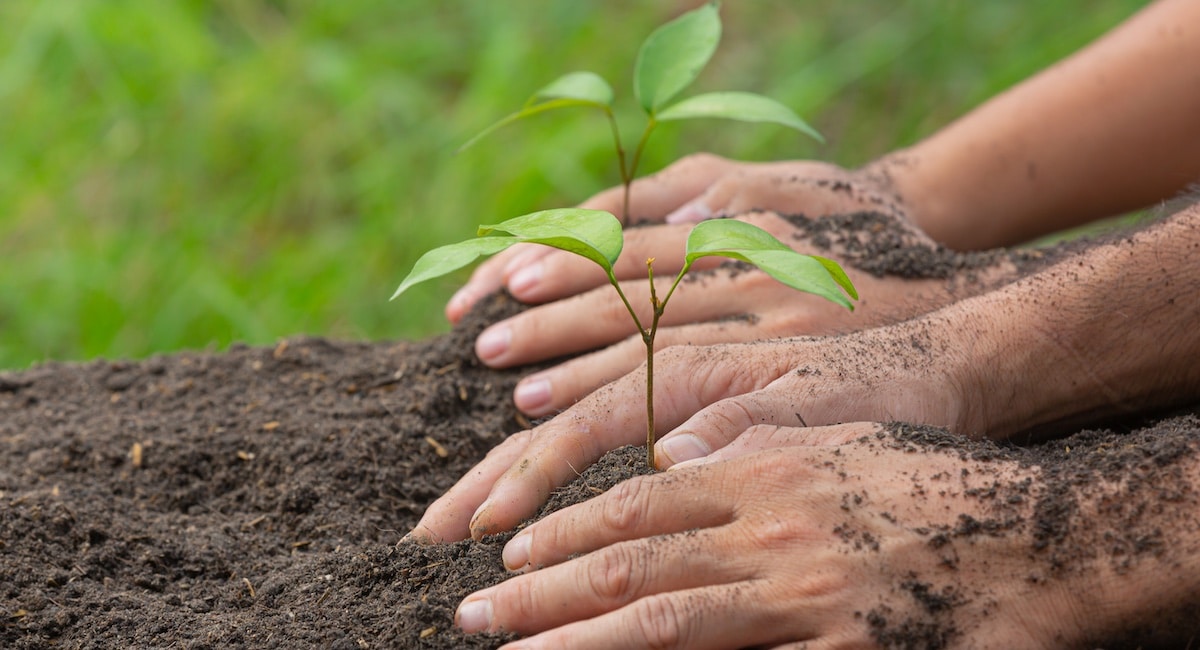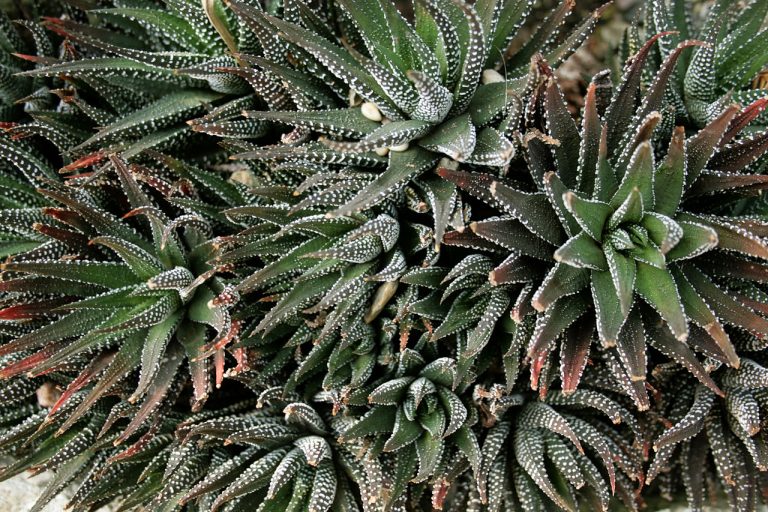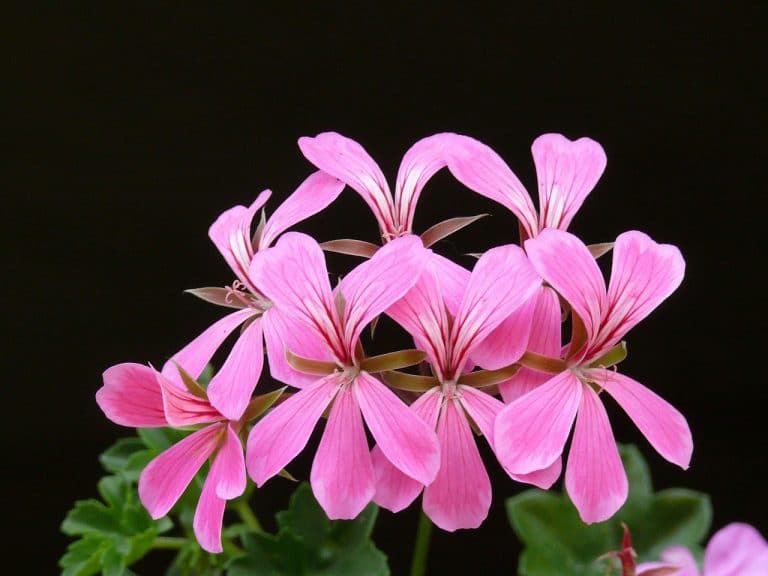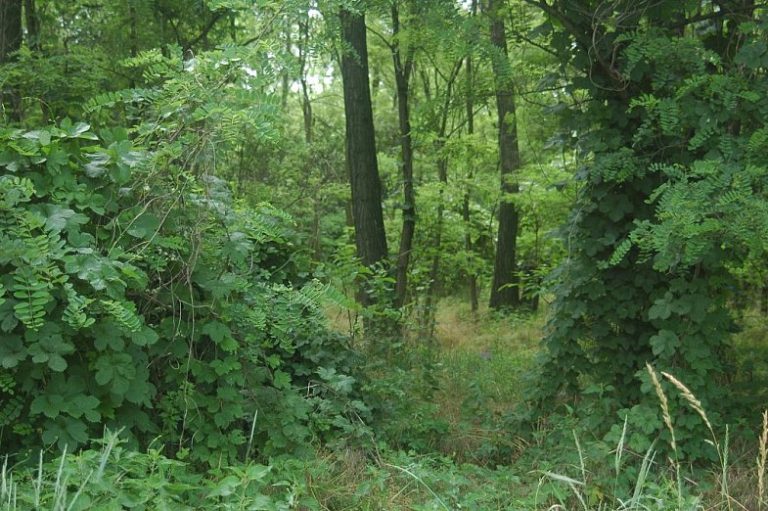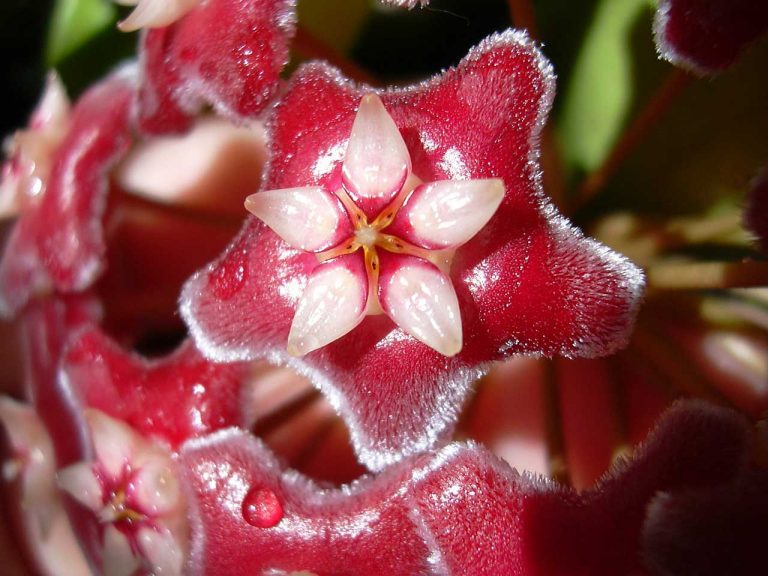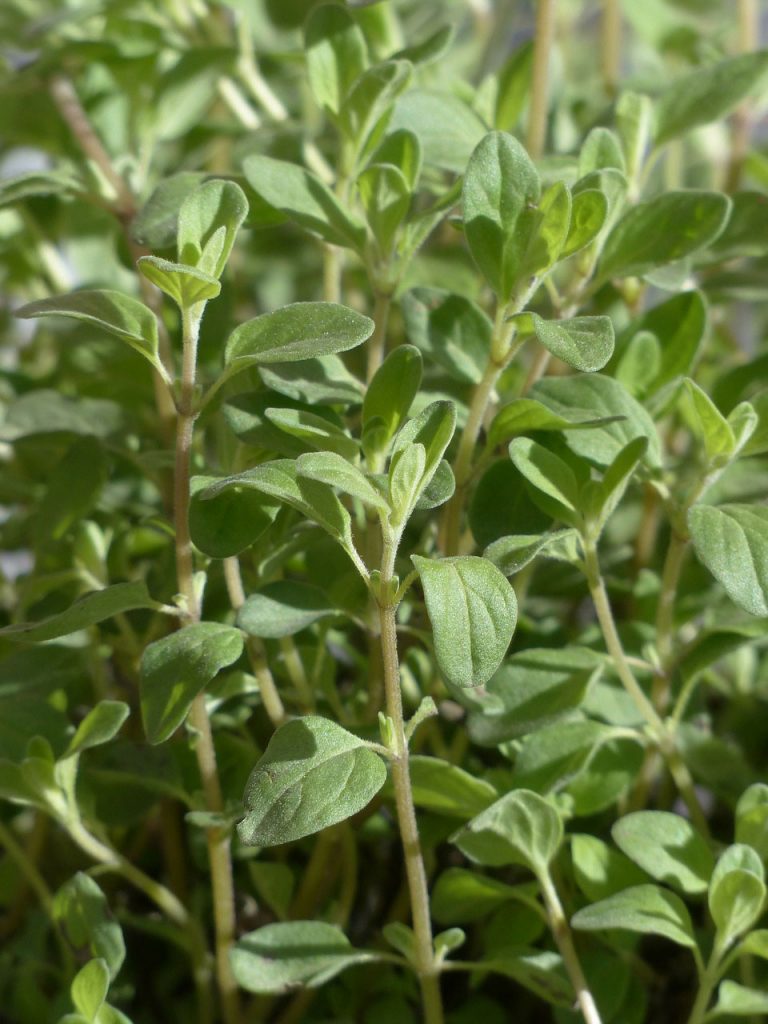The Role of Plants in Climate Change Mitigation
Plants help to mitigate climate change and adapt to its effects. They remove carbon dioxide from the atmosphere and release oxygen as a by-product. This happens through the process of photosynthesis. Plants store the carbon in their roots, stems, and branches. When they decompose it becomes part of the soil. The role of plants in the carbon cycle is critical. Students at university who study subjects like biology or conservation will need to understand the carbon cycle.
Mitigating climate change with plants
The removal of large areas of vegetation which act as carbon stores increases the levels of CO2 in the atmosphere.
Part of mitigating climate change is dealing with greenhouse gasses like CO2. Plant-based approaches to dealing with CO2 in the atmosphere include:
- Protecting ecosystems that increase carbon storage.
- Planting trees and shrubs in crops and pastures to improve the soil and promote ecological diversity.
- Using sustainable agricultural approaches.
- Breeding crops that can reduce CO2 levels in the atmosphere.
- Developing urban landscapes that use less water and absorb more carbon.
The study of biology is more important than ever today. Whole ecosystems face the threat of extinction. Students at college studying biology may have difficulty completing assignments on time. They can benefit from biology help by EduBirdie tutors who hold degrees in biology. Professional writers at this essay writing service are thoroughly vetted. They know their subject matter well. A student can choose a writer, give instructions and make revisions. The writer will deliver an original essay of high quality at an affordable rate.
Making adjustments in response to predicted changes
Continuing to destroy vegetation by felling forests etc. will make global warming worse. There are a number of gasses responsible for the greenhouse effect. These include carbon dioxide, methane, nitrous oxide, and water vapor. All these gasses are naturally present in the atmosphere but human activities are adding large amounts. Plants can’t keep up with the absorption of all the greenhouse gasses. We can observe the consequences of the changes in climate patterns.
Using plants can help with adapting to climate change. Some plant-based adaptation strategies include:
- Maintaining diverse forest habitats to offset moisture and temperature extremes.
- Selecting biodiverse cropping systems.
- Identifying, developing, and growing a wide range of crops and food plants.
- Selecting and producing crops that reduce waste at all stages from on the farm to use by consumers.
Agroecology and agroforestry
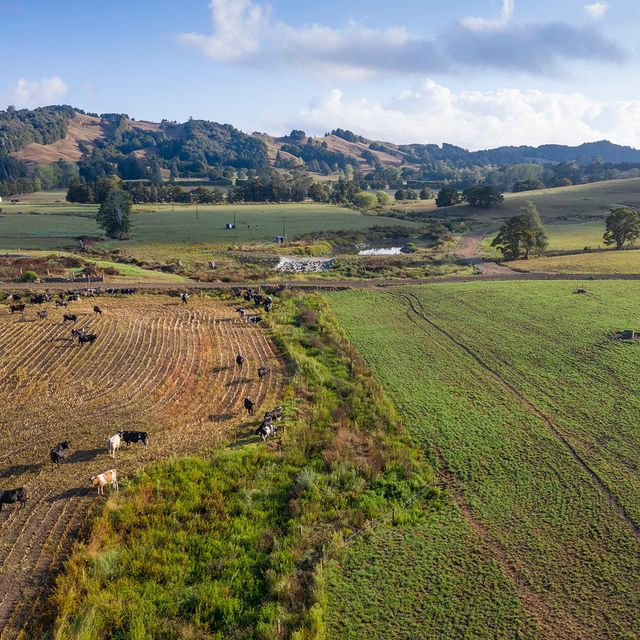
Agroecological strategies include:
- Crop diversification
- Maintaining local genetic diversity
- Water conservation
- Managing soil organic matter
Biodiversity increases resilience to climate change shocks because different plants respond differently to changing conditions.
Agroforestry makes land use more sustainable. This involves interspersing productive trees and shrubs in crops and pastures. It can be done along the contours. The practice helps to preserve biodiversity. It blocks winds, creates richer soil, and improves water retention. Shade and moisture-rich ecosystems can buffer the extremes climate change causes.
Agriculture
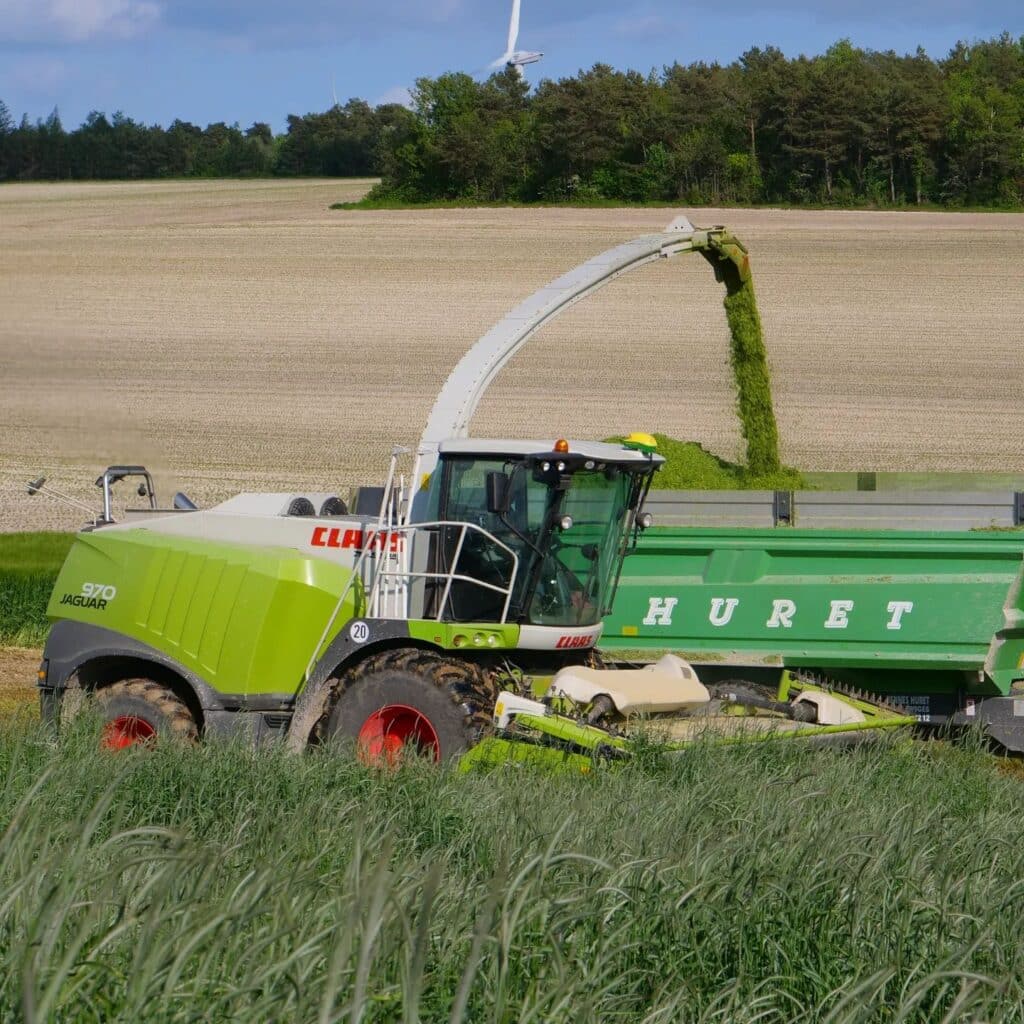
In the past, the use of chemicals was common to stimulate food production. This meant crops and pastures began releasing more greenhouse gasses. They released more CO2 than they could absorb. Current agricultural production methods play an important role in mitigating this effect.
- Plant breeding is helping to develop new crops with deeper root systems for absorbing more carbon.
- Choosing plant-based protein sources instead of animal-based proteins reduces methane emissions.
- Organic agriculture practices support soil fertility and pest management. They can also make farmlands more resilient to climate change.
Urban forests and gardens
The growth of cities has had a critical impact on climate. The hard surfaces in cities radiate a great deal of heat. Sustainable gardening and landscaping can minimize water use. It can also increase the absorption of greenhouse gasses. Selecting water-wise plants indigenous to the water is important. Their pollinator-friendliness and ability to provide food also matter.
Creating resilient food systems
People need to be able to produce and access nutritious food over time. This needs to happen in spite of climate change. Developing crops that are more resilient is critical for food production. There are various qualities that are common to resilient food systems.
- They work with nature instead of against it. This involves using diverse plant genetic resources. These are made available through conservation efforts. If one species fails, others can compensate. The use of multi-crop systems rather than single crops offers more resilience.
- There is local self-organization and openness to new ideas. A connection exists between farmers, marketers, and suppliers. This helps to create efficient food distribution networks.
- The physical infrastructure allows for the accumulation of reserves. There are also backup plans in the event of failures.
- Periods of transformation take place for reorganizing and embracing disturbances.
- Gender equity education and empowering women can help to promote good dietary choices for families. This can help to reduce waste. A teacher in school who gives students a lesson on dietary choices and reducing waste etc. could help to make a difference.
Conclusion
Plants have a very important part to play in mitigating and adapting to climate change. They are a critical part of the carbon cycle. Forest ecosystems store carbon and this has an effect on climate. Sustainable agricultural methods can reduce greenhouse gas emissions. Using sustainable gardening in urban landscapes can reduce water use. It can increase carbon absorption. Biodiversity is important for building resilient food systems that can withstand difficult conditions.

Having discovered a fondness for insects while pursuing her degree in Biology, Randi Jones was quite bugged to know that people usually dismissed these little creatures as “creepy-crawlies”.

